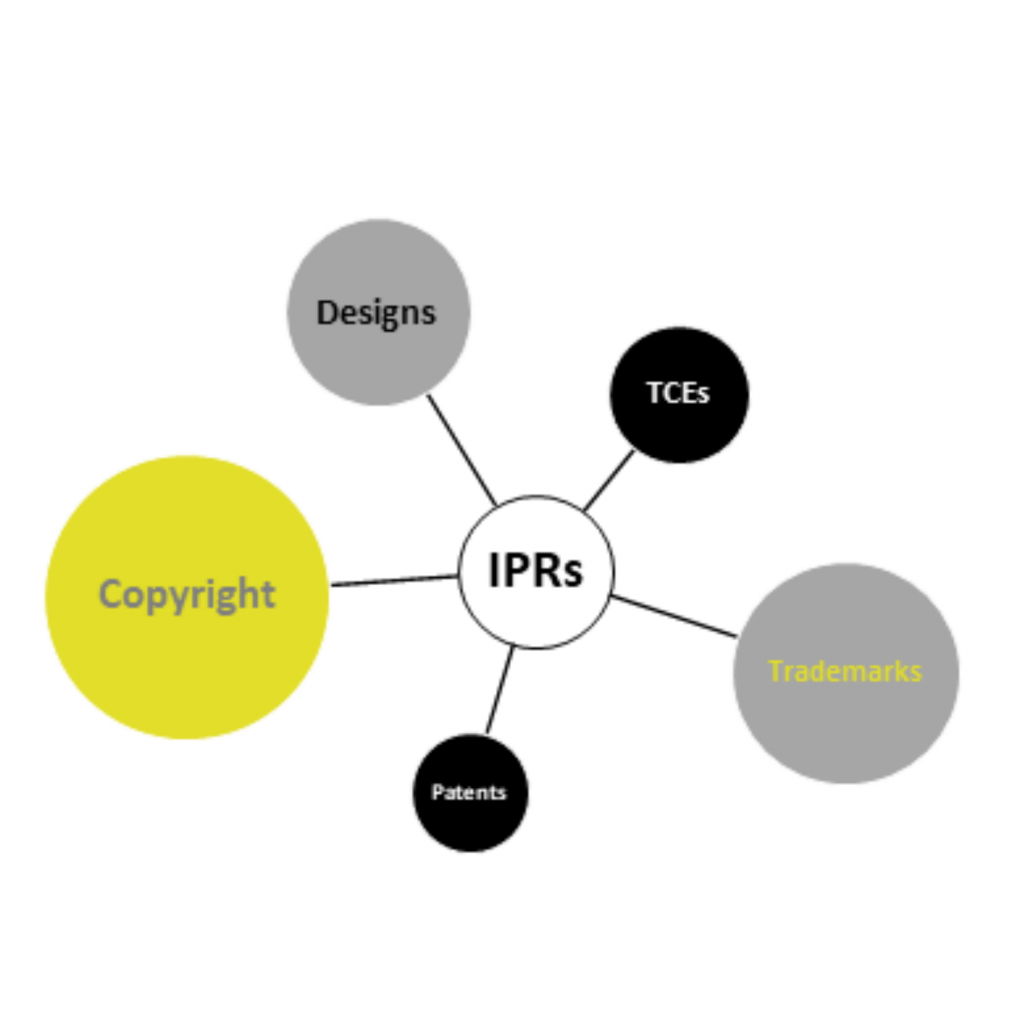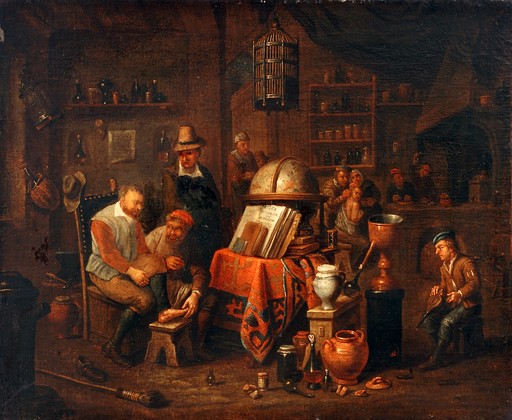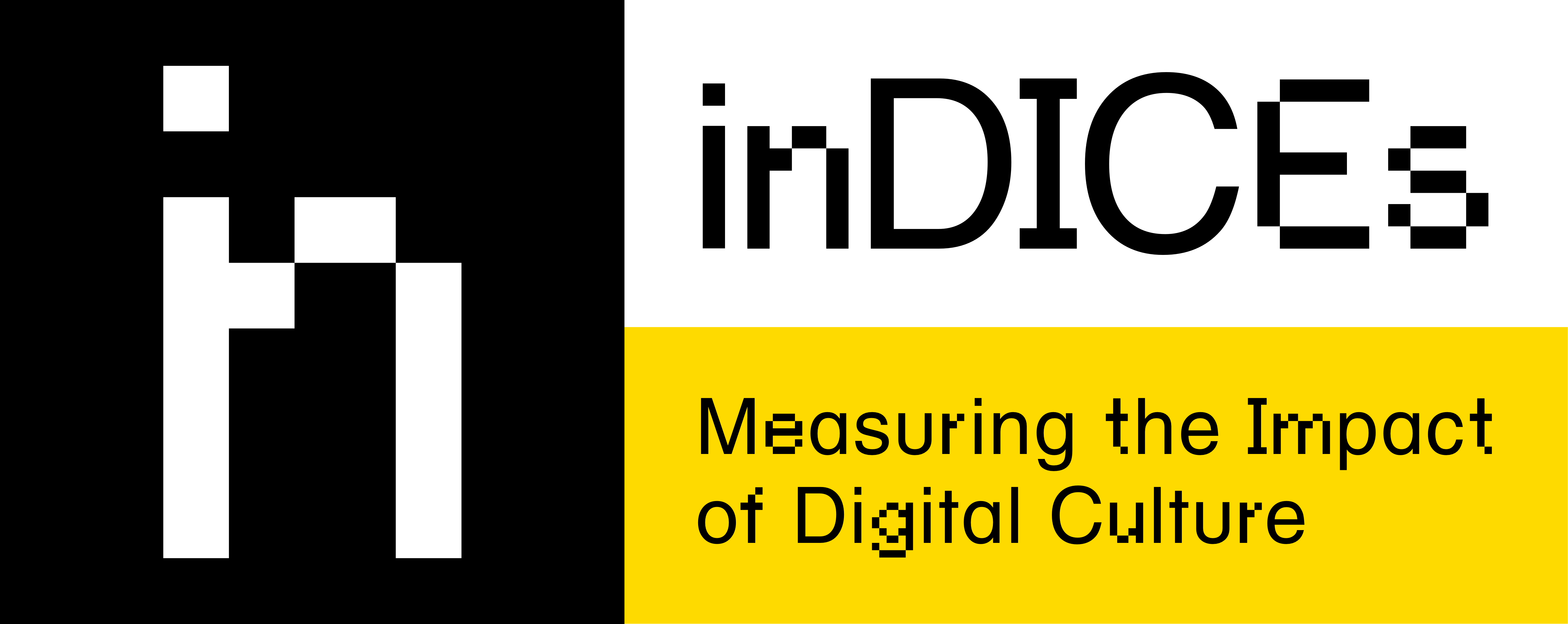The Centre for IT and IP law (CITIP) of KU Leuven is leading the inDICEs Work Package (WP2) on Comparative cross-national legal analysis (IP-centric), related, in particular, to intellectual property (IP) laws, with the aim of providing the necessary legal support to achieve the goals of InDICEs. This is the first of a two-part story about the research and the outcomes of the first deliverable of the WP2.
The CITIP is a research centre at the Faculty of Law of the University of Leuven (KU Leuven), with currently a staff of over 70 researchers specialized in legal and ethical aspects of IT innovation and intellectual property. Researchers working at the Centre for IT and IP Law focus on the fundamental re-thinking of the current legal framework, necessitated by the rapid evolution of technology in various fields, including media and culture.
More concretely, when carrying out the comparative analysis of the current IP legal framework, CiTiP will focus on those provisions that have an impact on the activities performed by CHIs and that, in particular, may hinder or foster the (economic) performance of CHIs in the Digital Single Market. The research carried out within WP2 will also be integrated in other work packages of the project and in the final self-assessment tool for CHIs through the participatory platform.
Mapping of the relevant European IP legal framework
The first WP2 deliverable is the ‘Mapping of the relevant European IP legal framework’. The research carried out in this deliverable focuses on the current IP provisions at EU level that affect CHIs’ activities, as well as on the new provisions that were introduced by EU legislation[1] and are currently being implemented in the Member States. Each subject matter that is addressed in the deliverable attempts, besides a mere legal analysis, to identify the current or potential relevance for CHIs in their public-interest role of preserving and promoting access to culture and knowledge.

The relevance of IPRs for CHIs
Our research highlights the relevance of IPRs for Cultural and Creative Industries, especially as regards their activities of preservation of, access to and dissemination of works that museums, libraries or archives hold in their collections. In addition, IPRs play an important role when it comes to designing revenue-generating models through the monetization of their brands, the creation of products based on pre-existing works or through the licensing of images, among others.
This latter objective has come more to the fore with the development of new technologies and the resulting disruption of the traditional activities of cultural industries. New technologies have facilitated the dissemination and re-use of cultural content through the internet but also the creation of new works. These new works could be created in a tangible format and then uploaded on the internet but could also be just born in digital format. Sometimes these works are based on pre-existing works that may be protected by copyright owned by a third party. CHIs, in order to operate in the digital environment, need to engage in the digitization of works in order to share their works across borders and to (possibly) generate further revenues. On the other hand, the digital revolution brought also new challenges for the creators of the works since access and dissemination to cultural content is much easier and much broader than in the offline environment. Digital works, including musical pieces or audiovisual works, are more vulnerable and the risk that works are stolen, lost or damaged is also higher.
All these new opportunities and challenges are not new; yet, many of the IP challenges they raise remain unresolved or uncertain at EU level, notwithstanding important legal interventions, such as the most recent Copyright in the Digital Single Market Directive[2] (CDSM). Such legal uncertainty hampers CHIs that are looking into new business models with an increased social and/or economic impact.
While copyright remains undoubtedly the most relevant IPR for CHIs, other IPRs such as trademarks or designs are having an increasing importance for cultural institutions. Often CHIs create ‘brands’ in the form of logos, signs or names that could be monetized e.g. the sales of products in their shops based on these ‘brands’ entail high revenues for the institution. Furthermore, they can create an extra layer of protection for works that are falling in the public domain. In addition, some CHIs have in their collection works that are protected by trademark or design rights e.g. clothes or fashion accessories. One could think of museums dedicated to fashion or design works. Some attention should also be given to works that qualify as ‘Traditional Cultural Expressions’. While remaining outside of the scope of IPR protection and, strictly speaking, belonging to the public domain, such expressions do merit some protection. Finally, even though patents are gaining interest among big cultural institutions that can create innovative processes and techniques for preservation or collections management, this IP system has not been part of the study because this situation remains rather exceptional.

A brief summary of the outputs
Focusing on the EU copyright legal framework, the extensive existing literature confirms that the existing fragmentation due to the lack of harmonization of EU copyright law, constitutes a significant hurdle for CHIs that want to become an active player in the Digital Single Market. The necessary legal certainty – which is very important for CHIs that, by nature are risk aversive- as regards online and cross-border activities is not (yet) in place. Notwithstanding the issuance of many harmonization directives, their implementation in the Member States continues to show great diversity. The EU legislator, being aware of the bottleneck that certain copyright-related provisions are causing to the access and the dissemination of cultural content and information, adopted the CDSM Directive in May 2019. This Directive, a priori, seems to improve the legal framework with the objective of promoting better access to cultural content in the EU, but the practice still needs to confirm this.
Apart from the lack of harmonization at EU level, we have also (again) drawn attention in our study to a number of difficulties that originate from the inherent nature of the copyright system. For instance, the lack of formal requirements makes it very difficult for CHIs to clear all the necessary rights of the works in their collections. This is particularly problematical in relation to orphan works or out-of-commerce works. Another feature that particularly complicates online and cross-border exploitation models are the territorial nature of copyright. Copyright protection is regulated on a domestic level, and, such protection is restricted to the boundaries of each national jurisdiction. Finally, the attribution of broadly defined exclusive economic rights, as a rule, require CHIs to be very attentive to ‘clearance’ activities prior to any act of exploitation of in-copyright works, unless they can rely on any exception or limitation.
Exceptions and limitations act as a balance between copyright protection and other fundamental rights or public-interest missions. Since museums, libraries and archives are the guardians of our cultural heritage, their public mission of preservation and dissemination of knowledge needs to also be balanced with the protection of authors. Given that clearance of all necessary rights (as was mentioned above) may be costly and time-consuming, CHIs will, as much as possible, make use of, and limit their activities to acts allowed by, exceptions and limitations. The Infosoc Directive[3] constitutes the main legal instrument as regards the exceptions and limitations that are available in the EU acquis. It provides one mandatory exception and a closed list of optional exceptions and limitations. Our Study discusses in depth the most relevant exceptions for CHIs, namely the preservation exception, the exhibition exception and the exception for research and study in libraries. The Infosoc Directive also implements important obligations stemming from international treaties such as the new protection scheme for Technical Protection Measures (TPMs) which may compromise in some cases the possibility for CHIs to make use of exceptions. As it was said before, the Infosoc Directive did not succeed in producing the desired harmonizing effect at EU level. This is the reason why the EU legislator introduced new mandatory exceptions in the CDSM Directive, some of which are of particular relevance for CHIs, such as the exceptions for text and data mining and the new preservation exception. Due to their mandatory character and, in the case of the preservation exception, broad scope, these new exceptions certainly contribute to a higher level of legal certainty.
Difficulties to clear the rights in respect of orphan works – the copyright holders of which cannot be found or located – and out-of-commerce works have always been a top concern for CHIs. The exploitation of such works always went hand in hand with the risk of being held liable for copyright infringement. Any exploitation of works always entailed a risk of liability for copyright infringement. CHIs do not want to run such a risk, which often resulted in the “staying on the shelf” of interesting material from the collections. In 2012, the EU legislator adopted the Orphan works Directive which aimed at providing a solution for this problem. However, the requirements that need to be complied with before a work can be declared ‘orphan’ and, accordingly be used as such, appear to be too burdensome and costly for CHIs (a diligent search has to be carried out of each and every work). The 2019 CDSM has tackled the issue of out-of-commerce works through a two-tier system consisting of a licensing mechanism and, in case this is not readily available, a new exception that CHIs could rely on.
The Study looks into the new interesting provision in the 2019 CDSM Directive that aims at protecting works in the public domain. It partly (only for works of visual art!) answers the controversial question as to whether digital images of out-of-copyright works may give rise to new copyright claims and, thus, in a way affect the public domain status of the underlying work. The law is now clear in the sense that when the term of protection of a work of visual art has expired, any material resulting from an act of reproduction of that work cannot be subject to copyright unless the material resulting from that act of reproduction is original in the sense that it is the author’s own intellectual creation (the devil is in the tail…).
Two last relevant topics that the study addresses are moral rights and the adaptation right. While they were already important in the analogue world, their relevance – also for acts of exploitation by CHIs – has grown in importance in the digital world. In digital form, works are more vulnerable and the risk of being tampered with is higher than in the offline environment. Yet, these matters have not (yet) been harmonized at EU level. This once again contributes to a situation of legal uncertainty that can hamper exploitation possibilities (namely, the use and access of works) as well as the creation of new business models.

Conclusion and next steps
The most important conclusion that follows from our research – and which is not really new – is that it remains extremely difficult for CHIs, to design a policy that optimizes access to in-copyright works in their collections with a sufficient degree of legal certainty. Rights clearance still remains burdensome and costly. This situation may reduce the effectiveness of their public-interest mission on promoting access to culture and information, restricting at the same time the possibilities of the re-use of works and thus, limiting further innovation and creativity. The most recent legislative initiatives have undoubtedly brought some improvement, but not yet to the extent that all the problems for CHIs have been solved. Perhaps the greatest benefit is to be found in the possibility of collective licensing systems, but unfortunately, the 2019 CDSM Directive did not make mandatory the generalization of that solution. Our next deliverable will make a cross-comparative legal analysis of the main provisions affecting CHIs activities in the Member States which may provide a better insight into the situation in practice.
Footnotes & images:
- [1] Directive (EU) 2019/790 of the European Parliament and of the Council of 17 April 2019 on copyright and related rights in the Digital Single Market and amending Directives 96/9/EC and 2001/29/EC 2019; Directive (EU) 2019/1024 of the European Parliament and of the Council of 20 June 2019 on open data and the re-use of public sector information.
- [2] The CDSM Directive.
- [3] Directive 2001/29/EC of the European Parliament and of the Council of 22 May 2001 on the harmonisation of certain aspects of copyright and related rights in the information society.
- Cover image: Muzikale omlijsting door de band “de Caravans”. Provider: Nederlands Instituut voor Militaire Historie, CCO 1.0
- Image 2: IPR diagram
- Image 3: A Visit to the Doctor. Provider: Statens Museum for Kunst. CCO 1.0
- Image 4: A capriccio of medical scenes. Oil painting by Gerard Thomas.Provider: Wellcome Collection. CC BY 4.0



